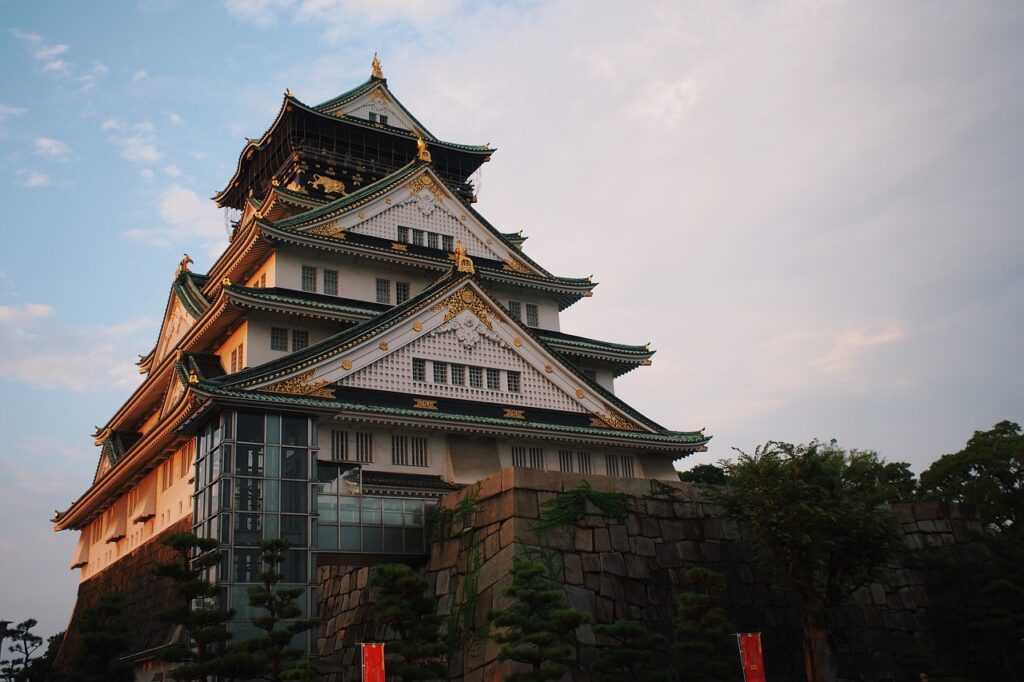Colorful Landscape Art
Are you ready to explore the vibrant world of colorful landscape art? In this section, we will delve into the diverse styles and techniques that artists use to create stunning natural scenes that captivate the imagination. From serene sunsets to majestic mountains, the possibilities are endless when it comes to expressing the beauty of our world through art. So grab your paintbrush or digital tablet and let’s embark on a colorful journey together!
Exploring Various Styles
Impressionism: Derived from the 19thcentury movement, Impressionist artists such as Claude Monet and PierreAuguste Renoir capture the essence of a scene through loose brushwork and emphasis on light and color. Realism: Artists in this style strive for accuracy in their depiction of landscapes, paying close attention to detail and composition to create a lifelike representation. Abstract: By distorting reality and focusing on shapes, colors, and forms rather than precise representation, abstract landscape artists evoke emotions and interpretations from viewers.
Techniques for Creating Depth and Texture
Layering: Building up layers of paint or digital elements adds depth and dimension to a landscape, creating a sense of distance and perspective. Texture: Incorporating different textures, whether through thick brush strokes or mixed media elements, can enhance the tactile quality of a landscape piece, making it visually engaging. Use of Color: Experimenting with a diverse color palette can evoke different moods and atmospheres in a landscape artwork, from the warm hues of a sunset to the cool tones of a misty forest.
Inspiration from Nature
Pikgeniturf: When seeking inspiration for your colorful landscape art, look no further than the natural world. Visit parks, beaches, forests, or even your backyard to observe the colors, shapes, and light that define different landscapes. Photography: Taking photos of landscapes can serve as visual references for your artwork, helping you capture fleeting moments and intricate details that may inspire your creative process. Sketching: Whether onsite or from memory, sketching landscapes allows you to practice composition, perspective, and elements such as trees, rocks, and water.
Tools of the Trade
Traditional Media: Oil, acrylic, watercolor, and pastels are popular mediums for creating colorful landscape art, each offering unique textures, blending capabilities, and color vibrancy. Digital Tools: With advancements in technology, digital painting software provides artists with a wide range of brushes, effects, and layering options to create stunning landscapes on a digital canvas. Mixed Media: Combining traditional and digital tools, as well as incorporating elements like collage, texture paste, or found objects, can add an exciting dimension to your colorful landscape art.
Are you excited to unleash your creativity and explore the world of colorful landscape art? Remember to experiment with different styles, techniques, and sources of inspiration to develop your own unique artistic voice in capturing the beauty of nature through colorful expressions. Let your imagination run wild as you paint, draw, or digitally create breathtaking landscapes that will mesmerize and inspire viewers around the world. Happy creating!


 Andrewayne Collinster – An industry veteran with a sharp analytical mind, Andrewayne specializes in betting analysis and sports trends. His articles provide a deep dive into understanding odds, game statistics, and market shifts, offering bettors a data-driven approach to wagering. Andrewayne’s expert analysis ensures that readers stay ahead of the curve by making well-informed bets that are based on sound strategy rather than mere luck.
Andrewayne Collinster – An industry veteran with a sharp analytical mind, Andrewayne specializes in betting analysis and sports trends. His articles provide a deep dive into understanding odds, game statistics, and market shifts, offering bettors a data-driven approach to wagering. Andrewayne’s expert analysis ensures that readers stay ahead of the curve by making well-informed bets that are based on sound strategy rather than mere luck.

